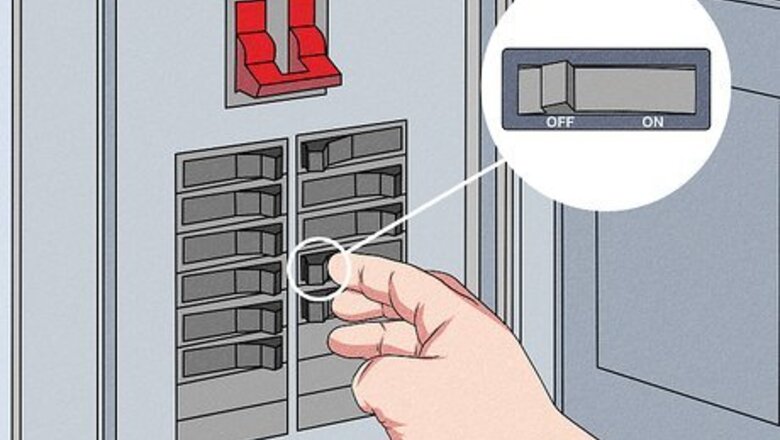
views
Taking Safety Precautions
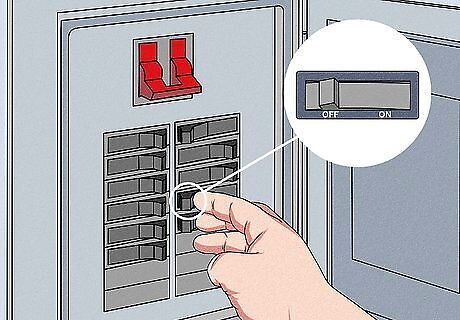
Switch off the circuit. Ensure that the circuit for the room you are working in has been flipped off. This will prevent accidental electrocution and reduce the risk of fire. Most circuit breakers are located in the garage or basement, but placement will vary from home to home. When you find the breaker box, locate the breaker that controls the lights for the room you are working on. Flip it to the off position to keep power from traveling down those wires. Most electrical panels label switches for the different rooms in your home. Use a voltage tester to check that power is no longer flowing to that room.
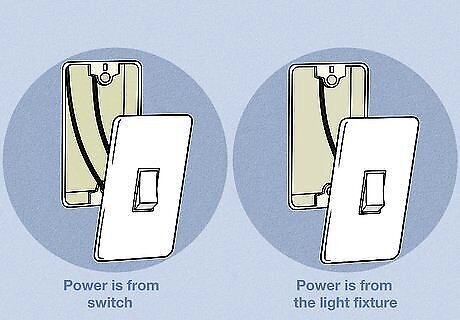
Determine if the power goes to the light or the light switch. This will affect the way that you perform the installation. You can tell if the power is coming into the switch by removing the light switch panel. If two black wires are coming into the switch box, then the power is coming into the switch first. If there is only one black wire, then the power is coming into the switch from the light fixture. You can usually use an electrical tester to be sure.
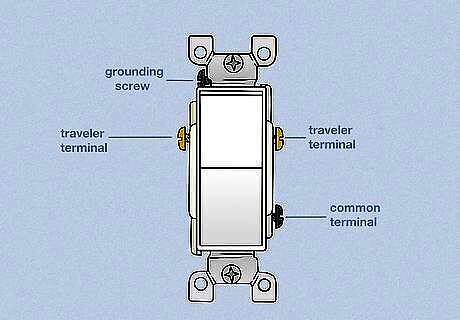
Replace any regular switches with the 3-way switches. A 3-way switch will not have the words on or off written on it. Before you start installing, take a look at your new 3-way switch to identify all of the terminals that you will be connecting wires to. Traveler wire terminals - These are located on each side of the switch towards the top of the switch. Ground wire terminal - Older switches may not have this, but all new switches must. This is usually a green screw located on the top or bottom of the switch, mounted to the frame. Common wire screw - This is located on the left side of the switch, and is a different color than the two traveler terminals.
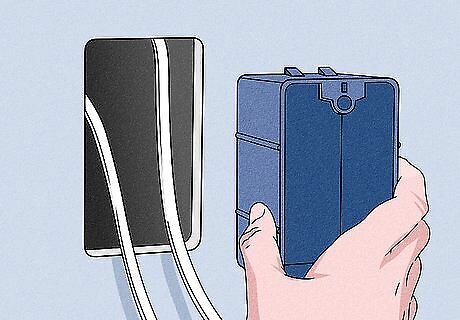
Install larger electrical boxes. You will likely need larger boxes than you already have if you are replacing a regular single-pole switch. 3-way switches involve more cables, so you will need a little more room to work.
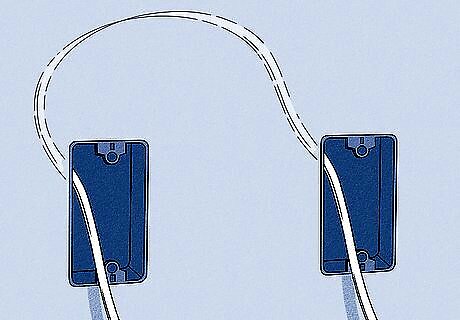
Run 2 2-wire conductors between the two boxes. Choose 14-2 or 12-2 NM cable, depending on the breaker. 14 gauge wire needs a 15 amp breaker, while a 12 gauge wire requires a 20 amp breaker. You’ll be using the top conductor to run your hot wires and your neutrals while the bottom conductor will be used for your traveler wires. See this guide for details on running wire through your wall. The first number specifies the gauge and the second number is the number of wires carrying current. You may also use a single 14/3 or 12/3 cable, which contains 1 bare ground wire, 1 white wire, 1 black wire, and 1 red wire. If the power comes from the light’s location, run the 2-wire conductors up from each switch to the light fixture. Many of the conductor connections will be made in the light’s device box, so make sure you have enough room for all the wires.
Converting a Single-Pole Switch to a 3-Way
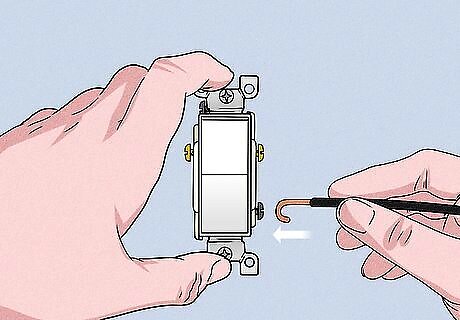
Run a black wire from the new switch to the power source. Use the black wire in the top 2-wire conductor to attach the switch to the source. Make a J-hook in the wire with a pair of pliers and wrap it around the black common screw on the light switch. Tighten the screw to secure it in place. Cap the wires connecting the source and the switch. The screw is typically on the bottom of the switch. Don’t attach the traveler wires to the common screw since they’re only used to connect the switches together.
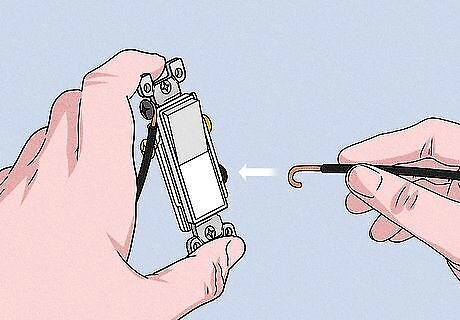
Connect another black wire from the light to the original switch location. Use the existing 2-wire conductor leading from the light to the switch. Attach the wire to the black common screw on the switch. Make sure you don’t attach the traveler wires to the common screw, or else the switches won’t work properly.
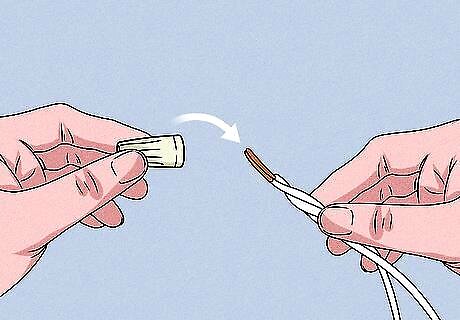
Cap the white neutral wires to each switch box. Place a plastic cap on the end of the white wire from the top conductor in the new switch location. Take the neutrals from the other end of the top conductor, the power source, and the light and cap them in the original switch location. Neutrals need to be in place at every switch box according to the NEC 2017 electrical code. Older homes may not have neutrals in the switch boxes. It is okay to replace switches in this instance. If you install smart switches, the neutral will attach to them and make it work. If there isn’t a neutral wire in the switch box, you have to run one from another location before installing the smart switch.
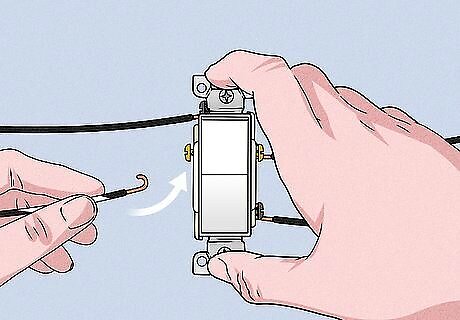
Connect the traveler wires using the bottom conductor. Use the black and white cables from the bottom conductor to attach the traveler terminals on each switch. It doesn’t matter which terminals they are attached to on each switch. Use a pair of pliers to bend the exposed ends of the wire around each screw. Mark the white traveler cable with a black piece of electric tape so you know that the wire is hot. If you’re using a 12/3 or 14/3 cable, use the black and red wires as your travelers.
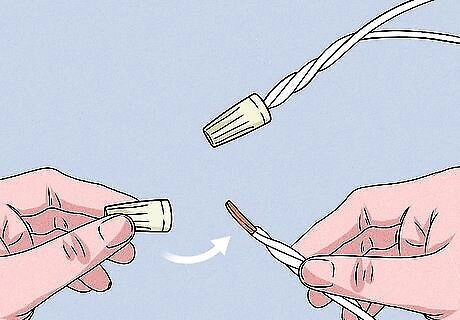
Cap the equipment grounding conductors together at each switch and the light. Find the grounding screw on the top or bottom of each of the switches. Wrap the wires tightly around the screw and use a screwdriver to tighten the screws. Cap the grounding conductors at each switch box. Push the wires into the back of your box. Make sure you ground both switches, or else they may not be safe. If your switch boxes are made of metal, the grounding conductor needs to bond to them as well.
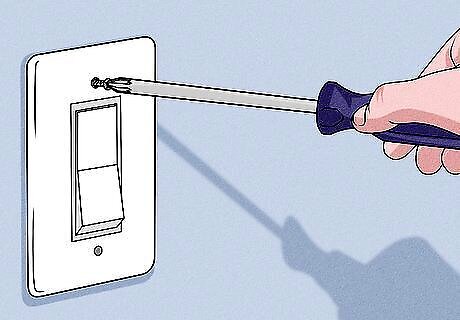
Replace the switch box covers. Screw the switches into the electrical box and secure the wall plate over the opening. Flip the breakers back on and test the switches.

















Comments
0 comment